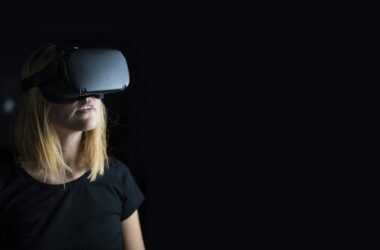Table of Contents
Understanding the Complexity of Skin Concerns
When it comes to our skin, it’s easy to get overwhelmed by the numerous concerns that can arise. From acne to rosacea, it’s common to feel like you’re dealing with a never-ending battle to achieve healthy, glowing skin. But the good news is that with the right knowledge and approach, you can effectively manage and even overcome these common skin concerns. In this article, we’ll delve into the world of acne and rosacea, exploring what causes these issues and providing practical tips on how to handle them.
What is Acne?
Acne is a common skin condition characterized by the appearance of pimples, blackheads, and whiteheads. It occurs when the pores on the skin become clogged with dead skin cells, oil, and bacteria, leading to inflammation and infection. There are several factors that can contribute to the development of acne, including hormonal fluctuations, genetics, and environmental factors such as stress and certain medications.
Types of Acne
There are several types of acne, each with its own unique characteristics and causes. The most common types of acne include:
- Comedonal acne: This type of acne is characterized by the appearance of blackheads and whiteheads.
- Inflammatory acne: This type of acne is characterized by the appearance of red, swollen, and painful pimples.
- Cystic acne: This type of acne is characterized by the appearance of large, painful pimples that can leave scars.
How to Handle Acne
Fortunately, there are many effective ways to handle acne and prevent it from occurring in the first place. Here are some practical tips:
- Keep your skin clean: Wash your face twice a day with a gentle cleanser to remove dirt and oil.
- Use non-comedogenic products: Look for products that are labeled “non-comedogenic” or “oil-free” as they are less likely to clog pores.
- Exfoliate regularly: Exfoliating once or twice a week can help remove dead skin cells and unclog pores.
- Use spot treatments: Apply spot treatments containing salicylic acid or benzoyl peroxide to individual pimples to help reduce inflammation and dry out the pimple.
What is Rosacea?
Rosacea is a chronic skin condition characterized by the appearance of redness, flushing, and acne-like symptoms on the face. It’s often referred to as “adult acne” because it typically affects adults, particularly women, and can be triggered by a variety of factors including stress, sun exposure, and certain foods.
Types of Rosacea
There are several subtypes of rosacea, each with its own unique characteristics and causes. The most common subtypes of rosacea include:
- Erythematotelangiectatic rosacea: This subtype is characterized by the appearance of redness and flushing on the face.
- Papulopustular rosacea: This subtype is characterized by the appearance of acne-like symptoms, including papules and pustules.
- Phymatous rosacea: This subtype is characterized by the appearance of thickened skin and enlarged pores.
How to Handle Rosacea
While there is no cure for rosacea, there are many effective ways to manage and reduce its symptoms. Here are some practical tips:
- Avoid triggers: Identify and avoid triggers such as stress, sun exposure, and certain foods that can exacerbate rosacea symptoms.
- Use sunscreen: Use a broad-spectrum sunscreen with at least SPF 30 to protect the skin from further damage.
- Consider laser therapy: Laser therapy can help reduce the appearance of redness and flushing on the face.
Conclusion
In conclusion, acne and rosacea are two common skin concerns that can have a significant impact on our self-esteem and overall well-being. By understanding the causes and types of these conditions, and by following practical tips and advice, we can effectively manage and overcome them. Remember, it’s important to be patient and persistent, as it may take some trial and error to find the right approach for your skin. With the right knowledge and approach, you can achieve healthy, glowing skin and say goodbye to acne and rosacea for good.




